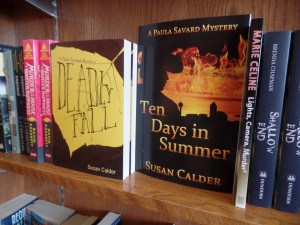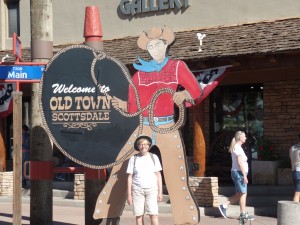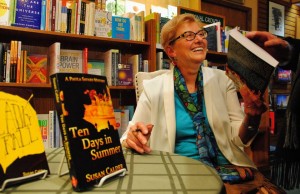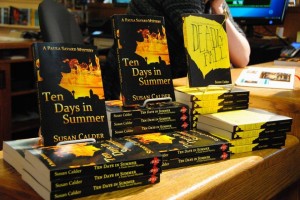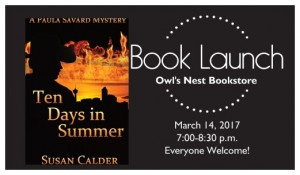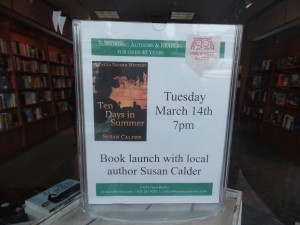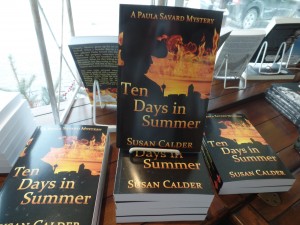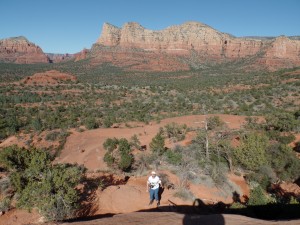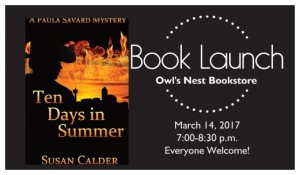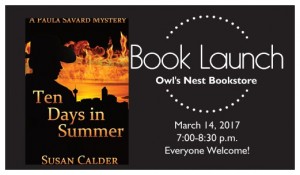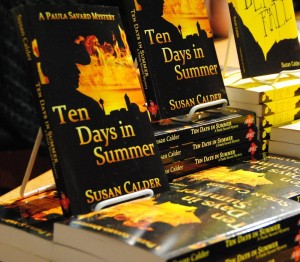 Ten days in Summer is number one on today’s Calgary Herald Bestsellers List – Fiction. Thanks, Owl’s Nest Bookstore, for once again hosting a terrific book launch.
Ten days in Summer is number one on today’s Calgary Herald Bestsellers List – Fiction. Thanks, Owl’s Nest Bookstore, for once again hosting a terrific book launch. 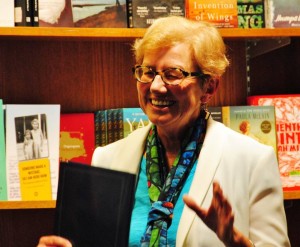
All posts by admin
Book Signing Rescheduled
My signing tomorrow at Chapters Shawnessy has been changed to Saturday, April 22nd, due to the store not having copies of Ten Days in Summer. 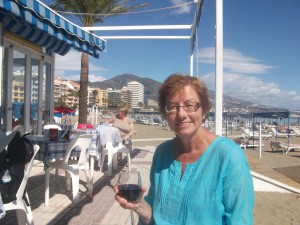 So I’m in for a more relaxing Saturday this weekend. I’ll have to get out and enjoy our mild temperatures. Not as mild as this day in Spain, but still pleasant for Calgary in March. Happy spring.
So I’m in for a more relaxing Saturday this weekend. I’ll have to get out and enjoy our mild temperatures. Not as mild as this day in Spain, but still pleasant for Calgary in March. Happy spring.
Chapters Shawnessy Book Signing
Photo-Blog
Another friend, Ruth Daly, has posted a photo-blog of my recent book launch for Ten Days in Summer. Ruth was my ‘official launch photographer.’ I’m lucky to have such friends. 
Reading Recommendations
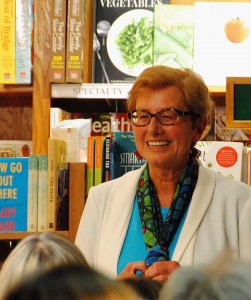 Today, Susan Toy features Ten Days in Summer in her blog Reading Recommendations. Be sure to scroll to the bottom of the post for a picture of me dressed goofily, for reasons I explain.
Today, Susan Toy features Ten Days in Summer in her blog Reading Recommendations. Be sure to scroll to the bottom of the post for a picture of me dressed goofily, for reasons I explain.
Book Launch
I am finally surfacing after my book launch on Tuesday evening. Ten Days in Summer got off to a roaring start. Many thanks to all of you who showed up or sent good wishes. I’m touched by your interest and support. Thank you, as well, to my long-time writer-friend, Shaun Hunter, for her great introduction and to Owl’s Nest Bookstore for hosting this wow event!
And one more thank-you to my writer-photographer-friend, Ruth Daly, for her photographs that make me look good.
“Would you mind if I take pictures of your launch and write a photo-blog?” Ruth asked.
“Uhhh,” I said. “That would be terrific.”
I’ll include more of Ruth’s photos in my next posts.

It’s Here!
Hope to see you at today’s launch for my second novel, Ten Days in Summer at Owl’s Nest Bookstore.


Yes.
One Day
Guest Blogger
Today, I’m guesting on my publisher’s website with a blog post called How the Calgary Stampede Inspired My Murder Mystery Novel. Books We Love has given me a regular slot on their Author Insider Blog, the 12th of every month. By the time I got there, most of the other days had been claimed. That’s close to 30 authors collectively blogging daily on the BWL site. Those with dates from 29-31 won’t be posting every month and I have a feeling I’ll start to envy them before long. The monthly deadline rolls around quickly.
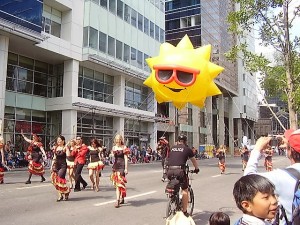
To get a sense of what others were writing, I subscribed to the BWL insider blog. I’m not a big reader of blogs. Who has the time? But rather than skim through the posts, I found myself reading many of them with interest. Quite a few of the authors write historical fiction, which I have a hankering to write but haven’t attempted yet. Others write personal stories, sometimes involving travel. They tend to be mature writers who have led interesting lives — and often still do.
If you click onto the BWL Insider Blog after March 12th and don’t see my post, check the archives or scroll down the posts dated March 13th, 14th, 15th and later. You might find yourself getting distracted along the way.
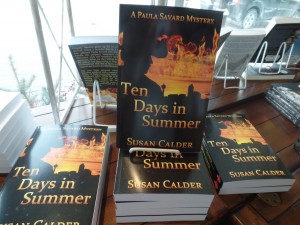
Two Days
My blog post How the Calgary Stampede Inspired My Murder Mystery Novel is featured on my publisher’s website today. Only two days until the book launch at Owl’s Nest Bookstore.
